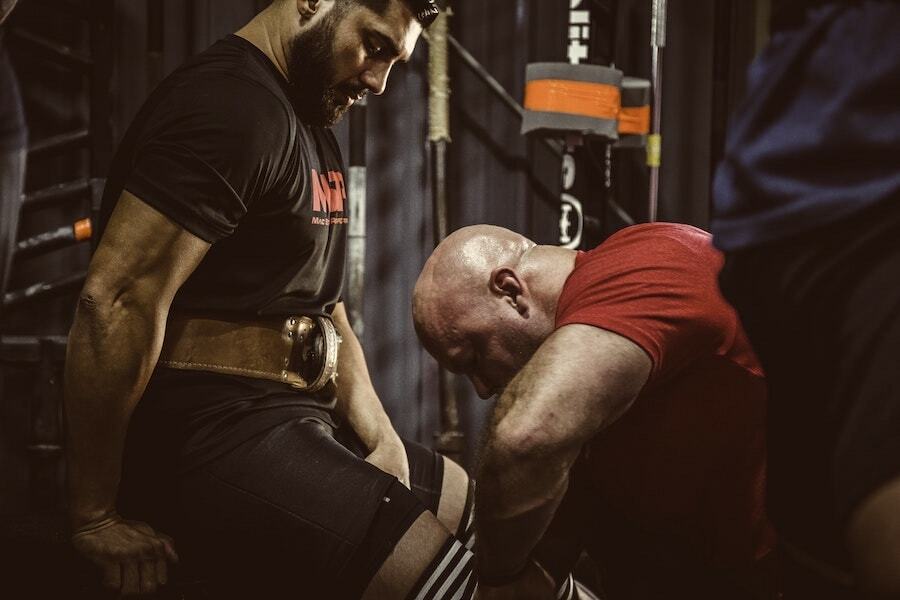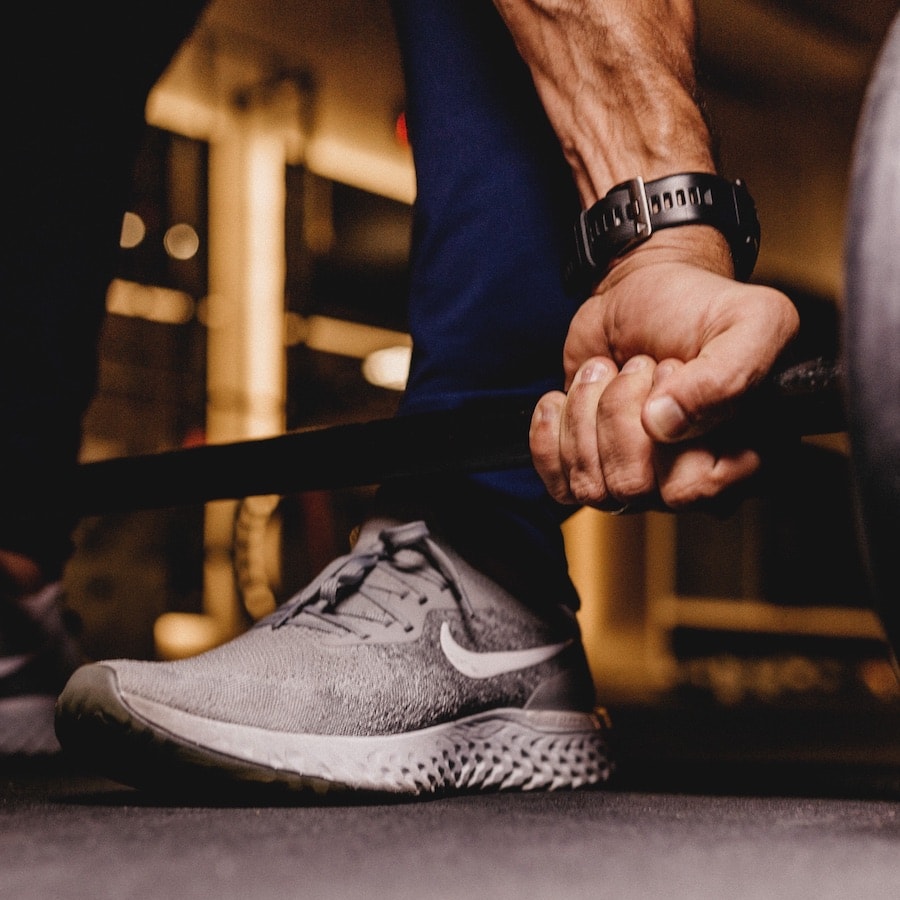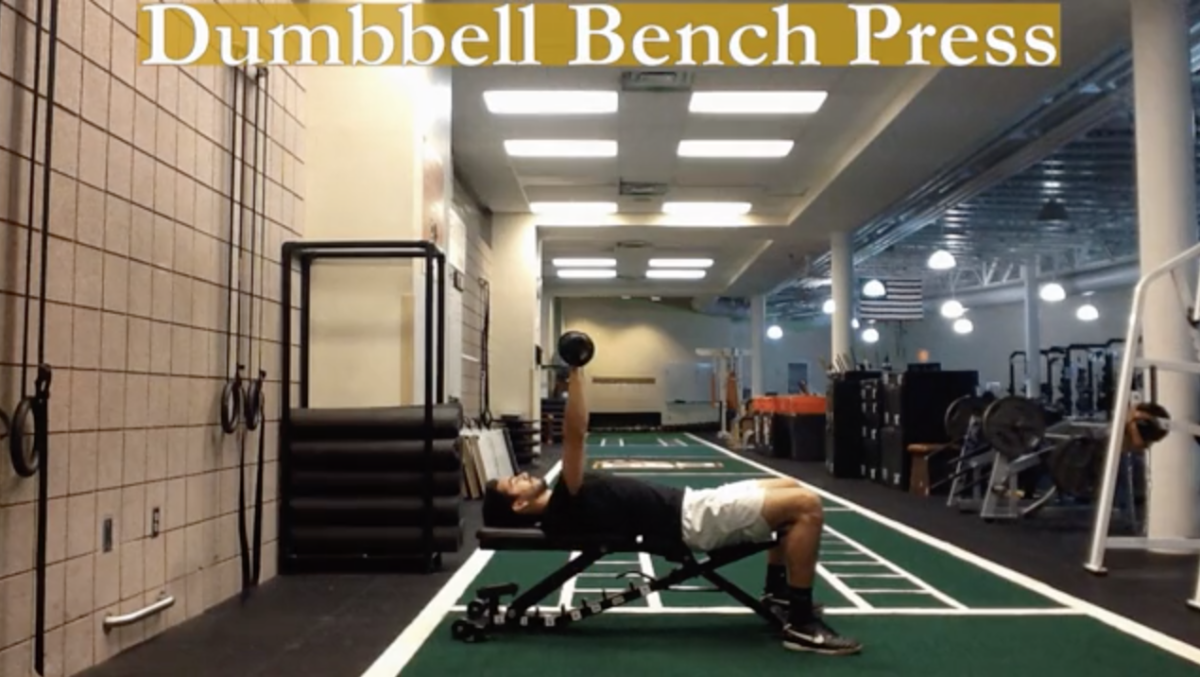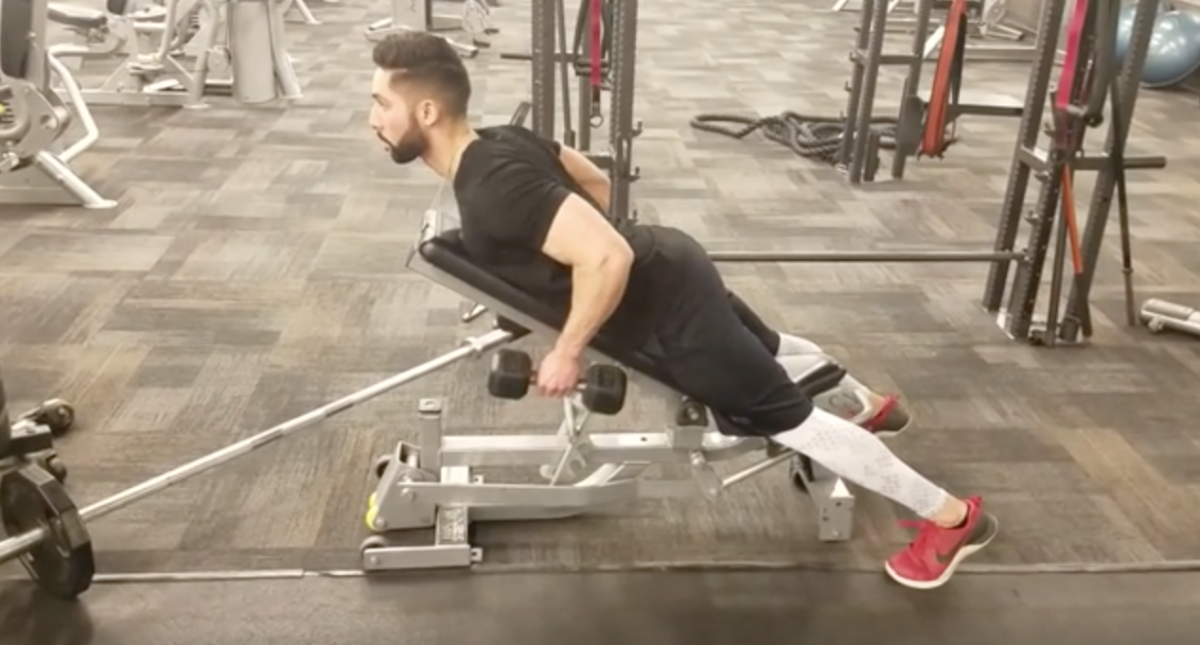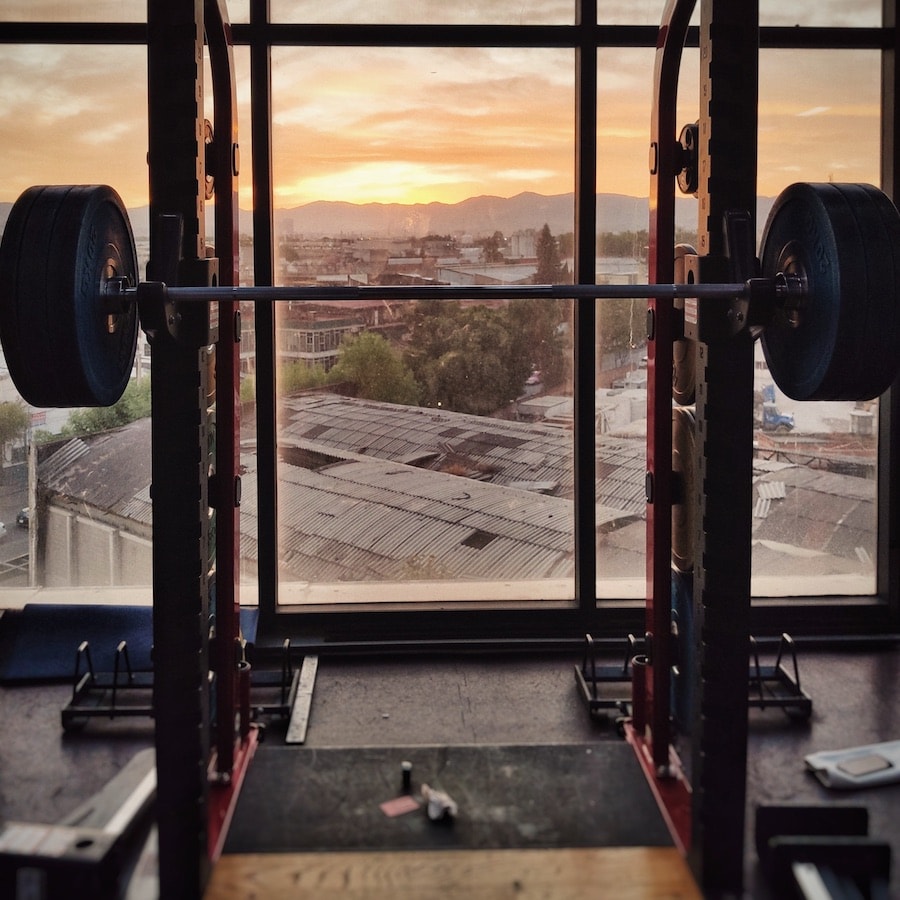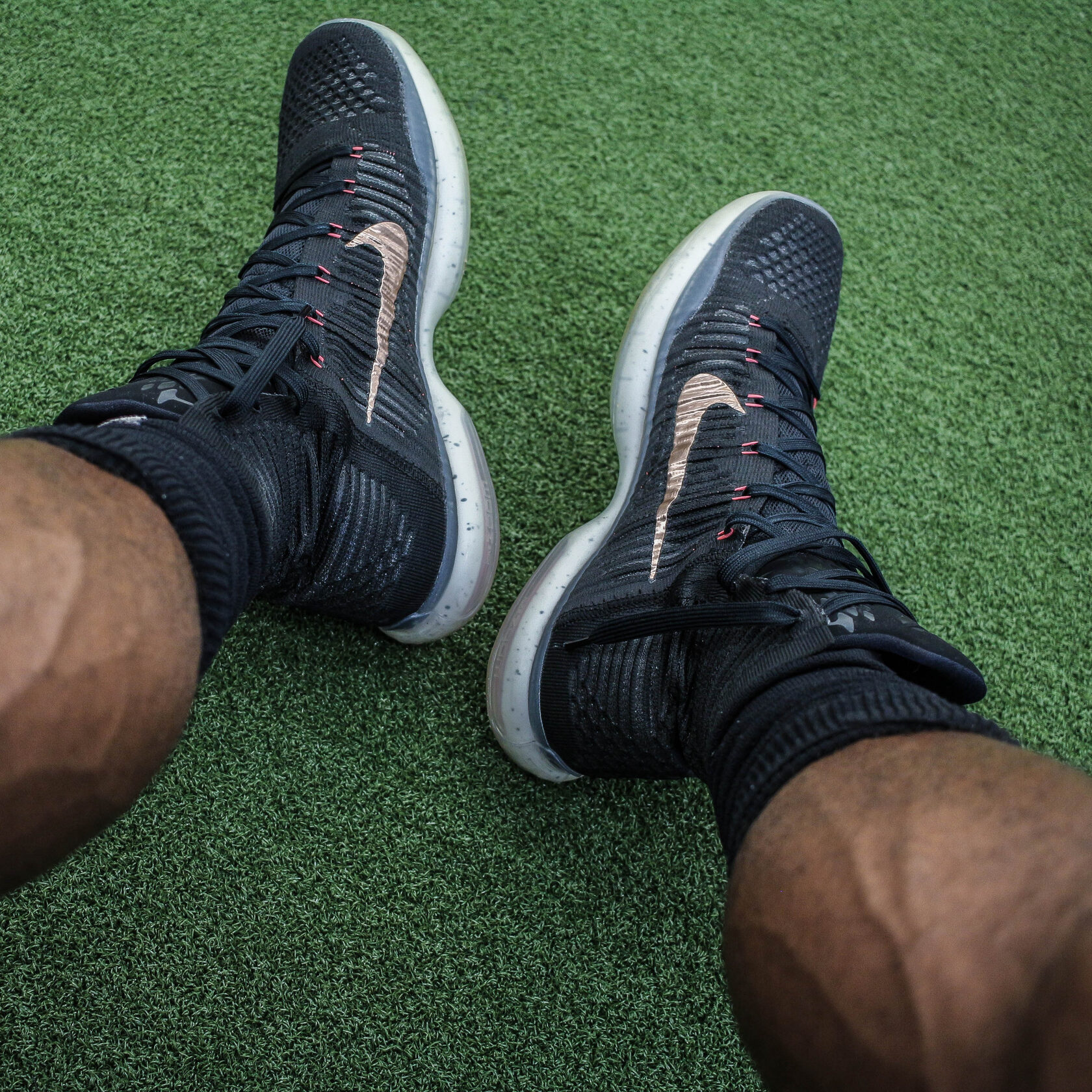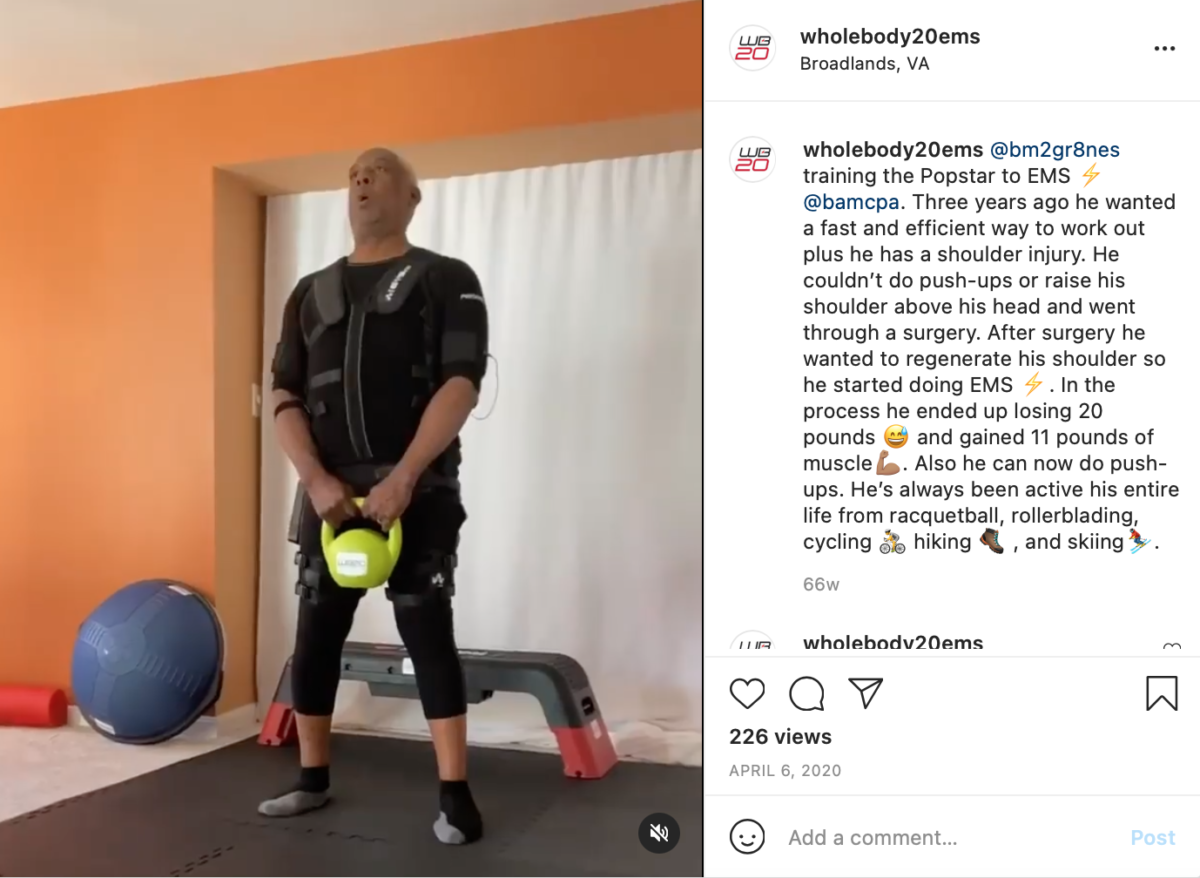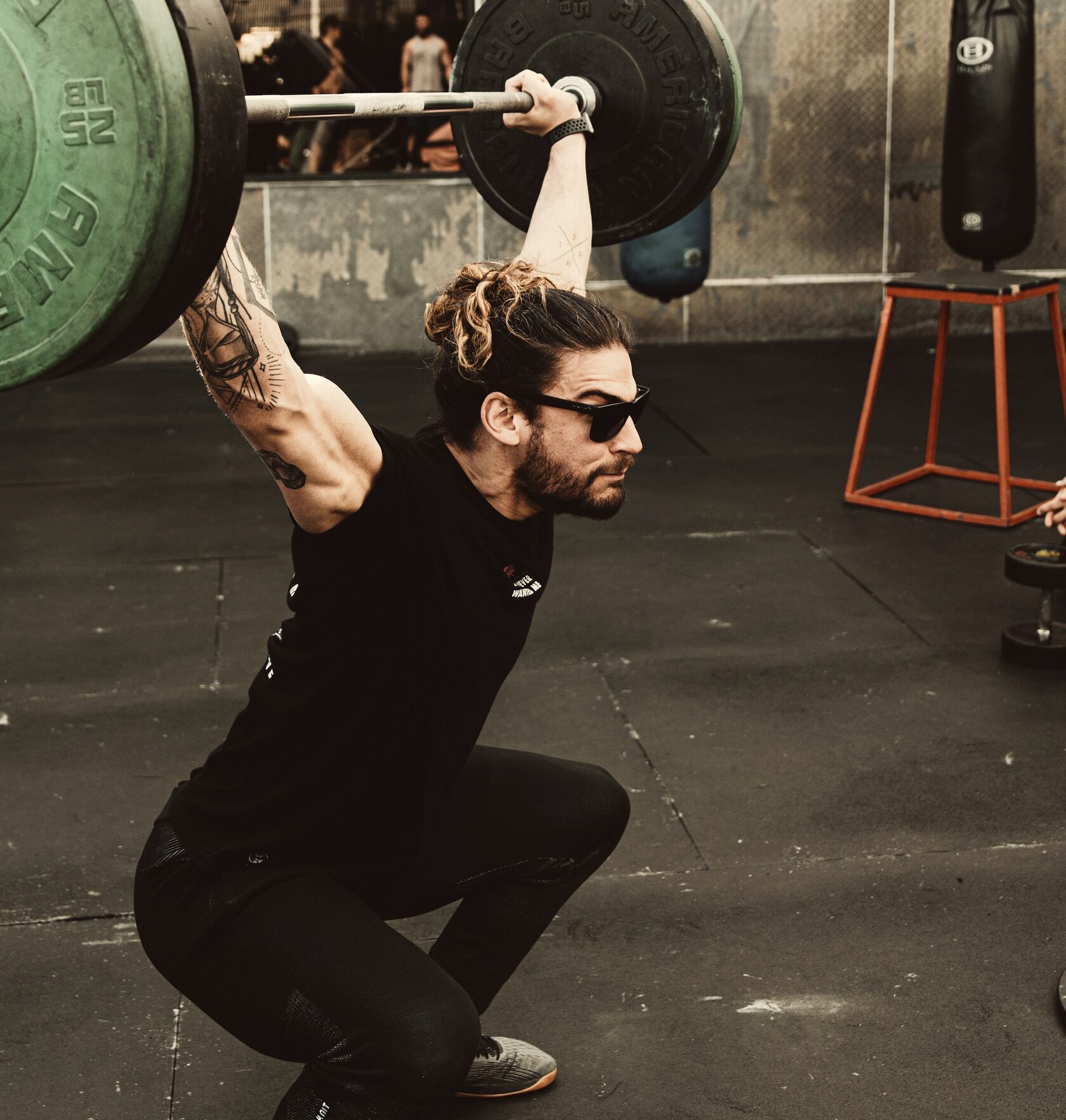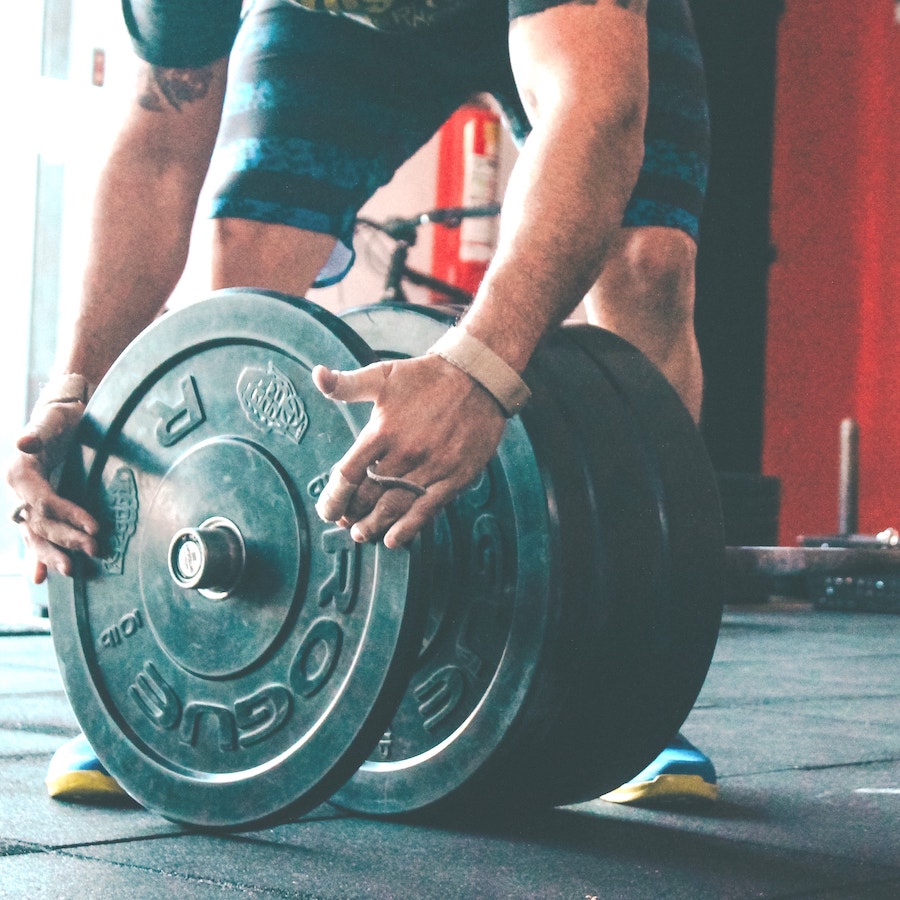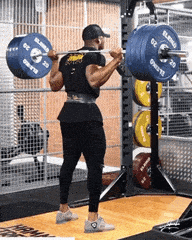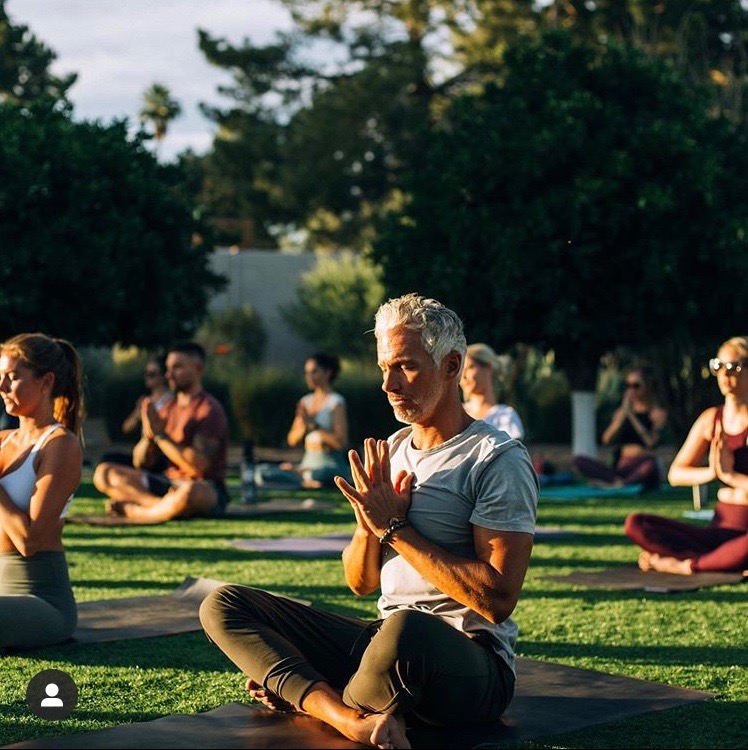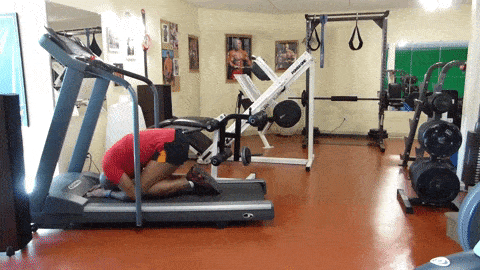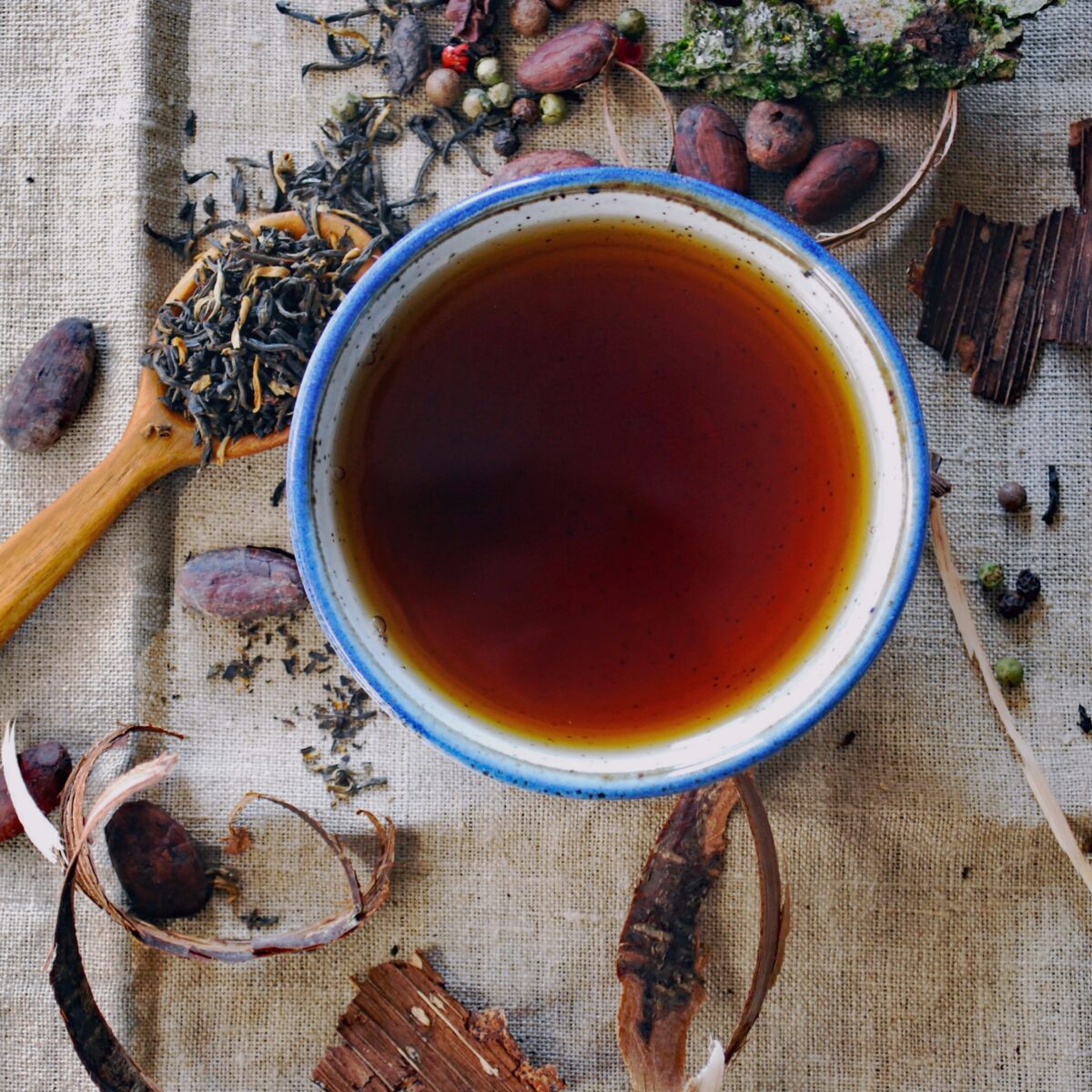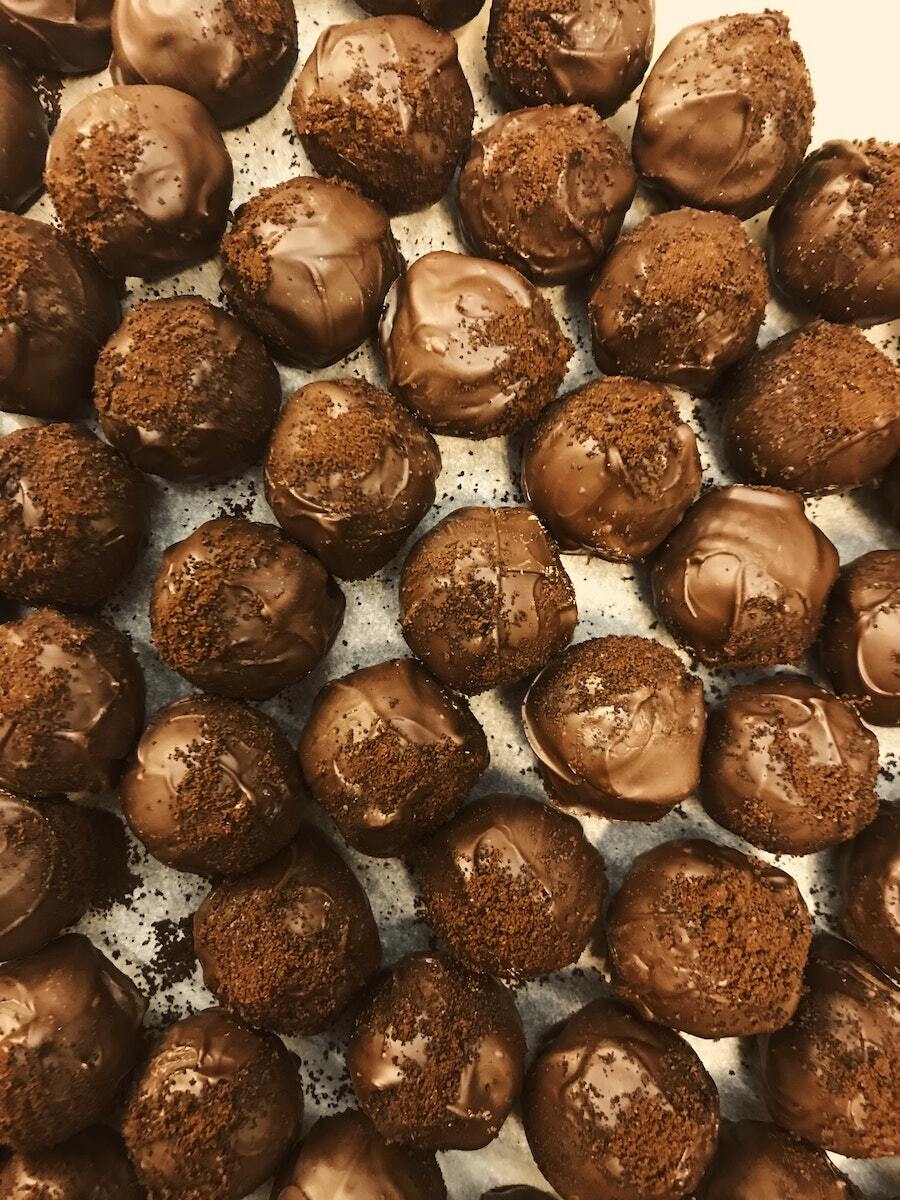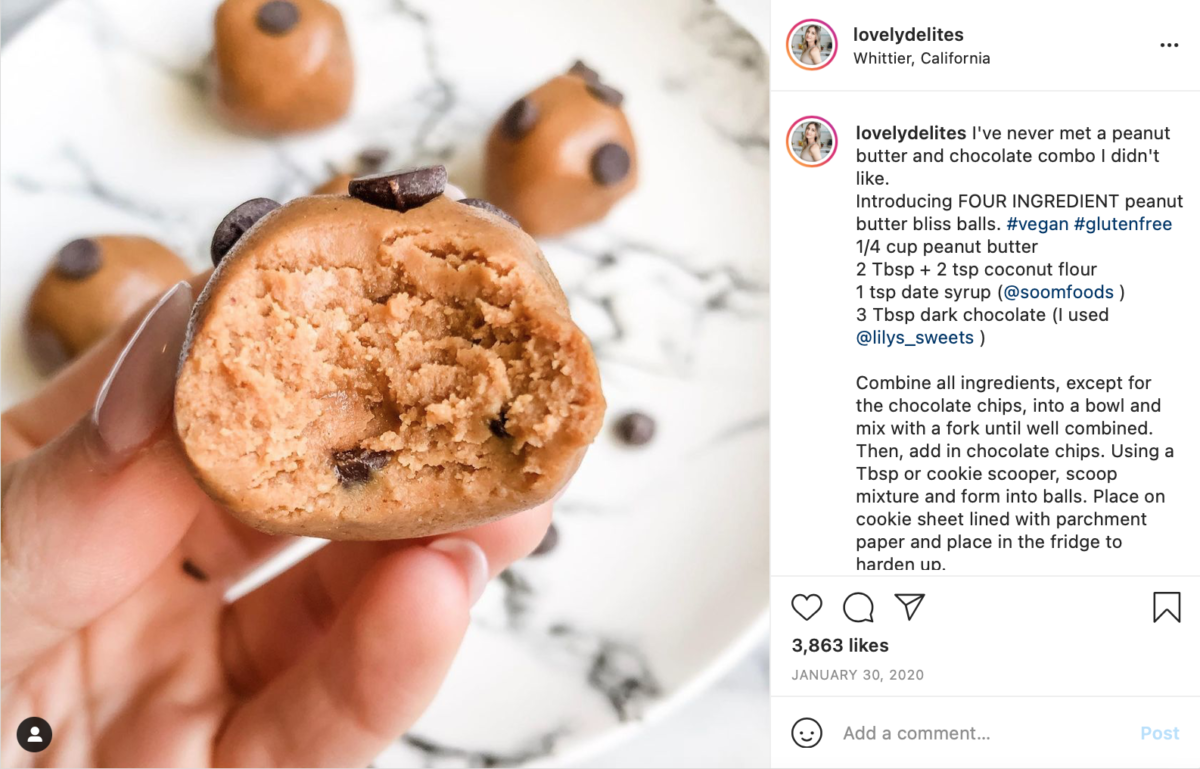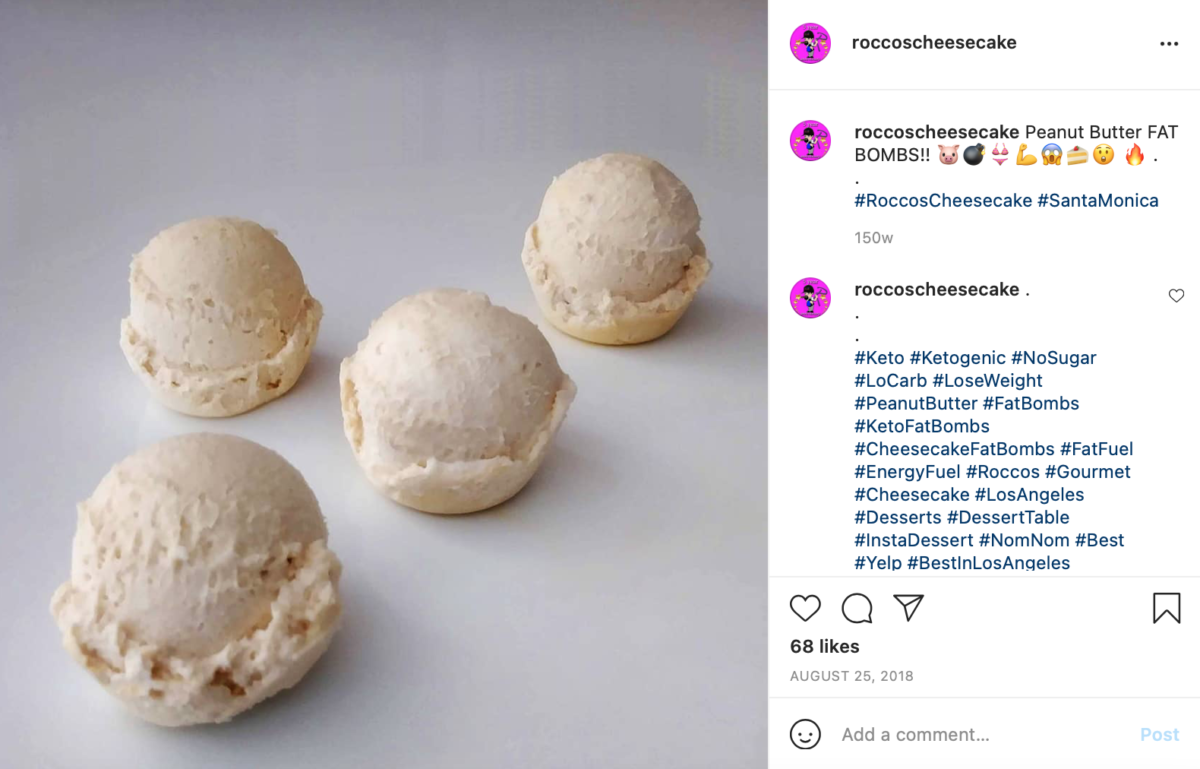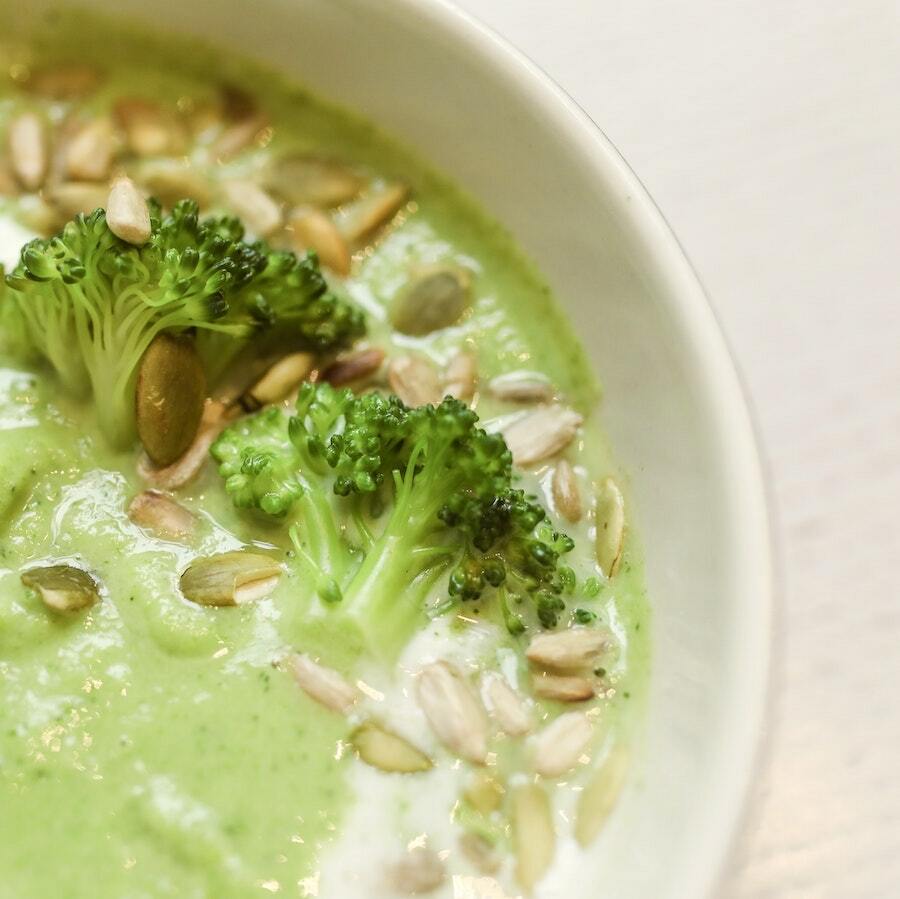That first gasp of air followed by a wail…that was the first ever independent act you performed on the day you were born. And ever since then, you’ve taken breathing for granted, as you have for most of your body functions. Seriously though, have you wondered if you’re breathing correctly?
Everybody’s so eager to share their diets, exercise routines, and sleeping habits, but never the breathing techniques. We just go about our days assuming there’s no room for improvement there — after all, you’re still alive and haven’t suffocated yet, and this means you’re doing everything right, right? Wrong! Chances are, nobody ever taught you how to breathe properly because, c’mon, do we even have to give it our second wind?
Truth be told, you might be messing up your mood, sleep, digestion, cardiovascular and nervous systems just by not breathing properly. On average, we take about 25,000 breaths every day and the consequences of unhealthy breathing patterns can compound over time. But on the flip side, the benefits also compound. Get into a habit of regularly checking and correcting your breathing, and those 25,000 inhales and exhales will pay off — more energy, decreased anxiety, better overall health, and a peaceful, harmonious life can be your reward.
Here’s our quick guide to get you started on this breath-taking journey.
Interested in the topic? Subscribe to The Coach Magazine and receive health articles every week
#1. Analyze Your Habits and Create Breath-Check Triggers
Be mindful of your breathing as you go through your day. Notice how it changes along with your mood and mental state. Check the quality of your breathing when you breathe through your mouth and chest. Is it fast and shallow? Try breathing slowly and deeply through your nose and belly — do you feel better breathing this way? Every time you look at your phone or watch, get up from your desk, use the bathroom, or perform other mundane actions — check your breathing. And if you keep forgetting, consider using post-it notes or phone alarms.
#2. Relax and Take It Slow
Ever notice how everything in nature has this calm, consistent rhythm? Your body is no different. If everything is in balance, and if you’re calm and at peace, your breathing will take on a natural, peaceful rhythm, too. To help yourself calm down and make your breathing more effective, try body-mindfulness exercises. Pay close attention to your abdominal muscles, diaphragm, and the sensation of your chest as you breathe.
#3. Breathe In Through the Nose
Our bodies are designed to breathe through the nose. Your nose is your first line of defense against viruses, bacteria, and air pollutants. It also warms and humidifies the air your breathe in, reducing the risk of colds, improving stamina, and boosting brain function. That beautiful snout of yours isn’t just an ornament. There’s a reason its smack in the middle of your face — so use it for what it’s intended!
#4. Use Your Belly, Not Your Chest
We’re designed to breathe using our diaphragm, a major muscle just above the stomach responsible for most of the heavy lifting associated with breathing.
To know that you’re breathing correctly using the diaphragm, place one hand on your chest and the other hand just below your rib cage. Breathe in through your nose and feel your abdomen enlarge and contract with each breath. This will help your lungs fully expand and gain optimal oxygenation. Breathing through the diaphragm is relaxing, lowers blood pressure, and improves core muscles, among other benefits.
#5. Try Out Breathing Exercises
Once you’ve got the basics down, it’s time to dive deeper into the world of breathwork. By now you definitely would have felt the benefits, and you probably don’t need any more convincing.
Befriend Google. There are so many breathing exercises you can try, including the 4-7-8 breathing technique, and more complex breathwork practices. There’s something out there for every goal and need.

Proper breathing improves your overall health, physical and mental. Healthy breaths for a happy life — no need to gasp for air on this one!




